More articles from Extracranial Vascular
- MR Imaging of Carotid Artery Atherosclerosis: Updated Evidence on High-Risk Plaque Features and Emerging Trends
MR imaging is the criterion standard for carotid artery plaque characterization and is best able to characterize features of plaque vulnerability: lipid-rich necrotic core, intraplaque hemorrhage, ulcerations, loss of fibrous integrity, maximum plaque thickness, and plaque enhancement. Many researchers believe that many embolic strokes of undetermined source may originate from nonstenotic ipsilateral carotid plaques with vulnerable features. From the results of many trials, many believe that imaging markers of plaque vulnerability should be considered in the determination of carotid endarterectomy eligibility.
- Endarterectomy, Stenting, or Medical Treatment for Symptomatic Carotid Near-Occlusion: Results from CAOS, a Multicenter Registry Study
Carotid artery stent placement and carotid endarterectomy are associated with high rates of failure and periprocedural stroke. Carotid near-occlusion with full collapse appears to be associated with an increased risk of technical failure and restenosis. Carotid near-occlusion revascularization does not seem to reduce the risk of stroke at follow-up compared with medical treatment.
- Reassessing the Carotid Artery Plaque “Rim Sign” on CTA: A New Analysis with Histopathologic Confirmation
The rim sign is not associated with the presence of intraplaque hemorrhage on histology. However, it is associated with a higher proportion of hemorrhage and may be a biomarker of a greater degree of intraplaque hemorrhage if present.

